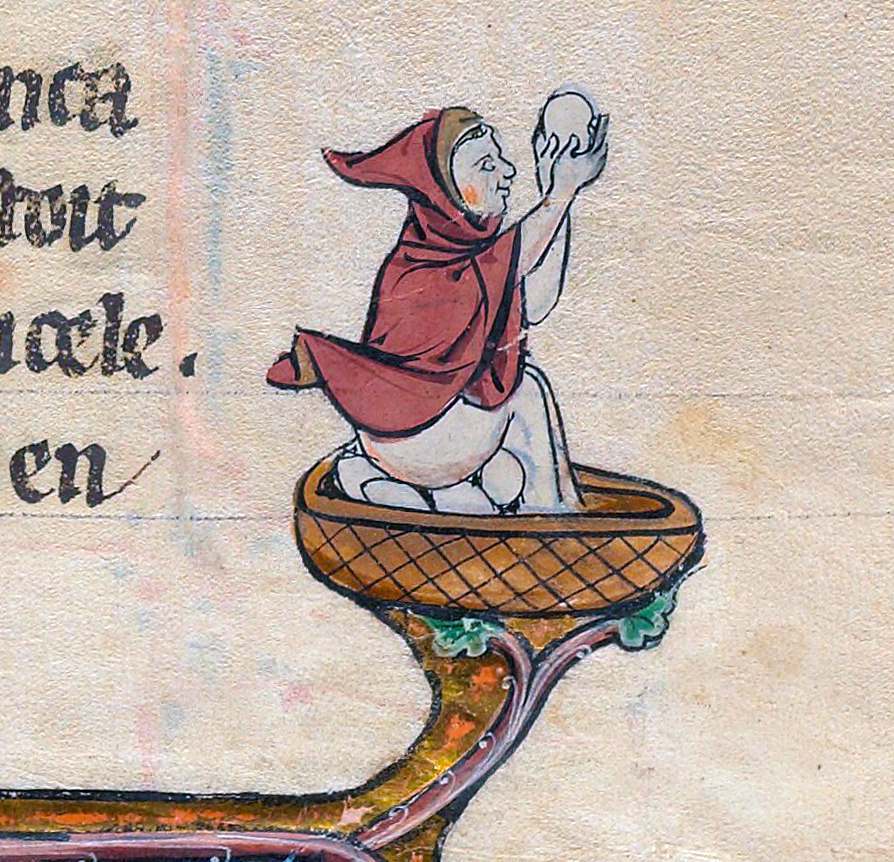


Originally pagan, the settlers gradually converted to Christianity and adopted many of the Roman customs and laws, which helped to unify these heterogeneous populations.Ī few themes to stress throughout the lecture include art as a form of status symbol, the fusion of Mediterranean Christian and native pagan traditions, and the selective survival of artifacts.

In the following centuries, these various groups merged providing foundations for today’s European nations. This constant movement and migration happened primarily during the fourth and fifth centuries. Other settlers from Central Asia chose to establish their own communities in Europe to challenge the previous structures. Although some were initially viewed as barbarians (foreigners) by the Romans, the northern settlers quickly adapted to Roman community life with many of them rising to prominent positions. These major societal, cultural, and artistic changes resulted from the fusion of three important traditions: Graeco-Roman heritage, the traditions of various people living or newly settled in Northern Europe, and a relatively new Christian faith. The period after the dissolution of Roman Empire and up to the year 1000 was an incredibly formative period of western medieval art culture, a time of great innovations and production of unique artifacts. Use this as an opportunity to correct this unjust, but widely held view. Oftentimes, influenced by popular culture, they simply think of this period as mysterious “dark ages.” You may take a quick poll to check how many of them agree with this label and then discuss what ideas they associate with it. Many of your students may have a very foggy idea about the historical and cultural developments in the West prior to year 1000.


 0 kommentar(er)
0 kommentar(er)
